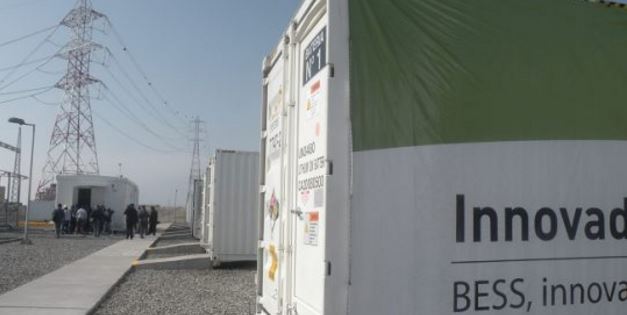
Consultora Systep indicates that this initiative would be an efficient option, “either to store at times when the energy generated exceeds demand or transmission capacity, or to cover peak consumption hours”.
The need to identify energy storage zones within the electric power system is raised
The need to identify geographic areas where energy storage infrastructure can be installed in the electricity system, within the framework of transmission system expansion planning, raised the consulting firm Systep in its recent monthly sector report.
According to the analysis made by the consulting firm, the idea is that energy storage can become an efficient alternative, “either to store energy at times when the generated energy is not available, or to store energy at times when it is not needed.
The company’s main objective is to provide a system that is able to meet the demand or transmission capacity, or to cover peak consumption hours, in such a way that it can dispense with investments whose usefulness does not exceed a couple of hours a day”.
“It could also be interesting to incentivize and analyze generation in areas close to demand, which could imply that large investments in transmission are not necessary. The most distant centers could be self-supplied with local generation and concentrate transmission efforts in the area closest to the large consumption centers,” the sectoral report states.
Systep’s analysis also highlights the importance of planning the expansion of the transmission system, which should take into account the strategic planning carried out by the Ministry of Energy, which “should include possible development scenarios and strategic plans for regional growth, supply and demand projection, identification of development poles, distributed generation, international energy exchanges, environmental policies, and efficiency, among others.
In this sense Systep warns that currently “important generation scenarios” could be left out of the National Electricity Coordinator’s vision, as the strategic planning report prepared by the Ministry of Energy will be published in the second half of 2018.
“For example, the only development pole identified in the CEN proposal is the wind potential of the Taltal area, leaving out the high hydraulic potential of the southern part of the country. This development could imply the need for a greater expansion of the transmission capacity of the southern part of the country”, the report indicates.



